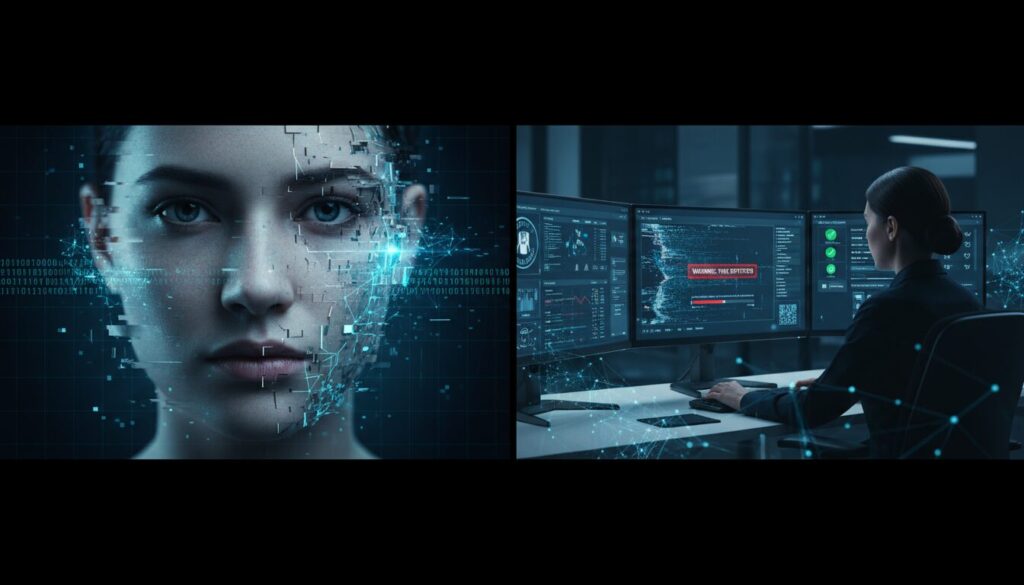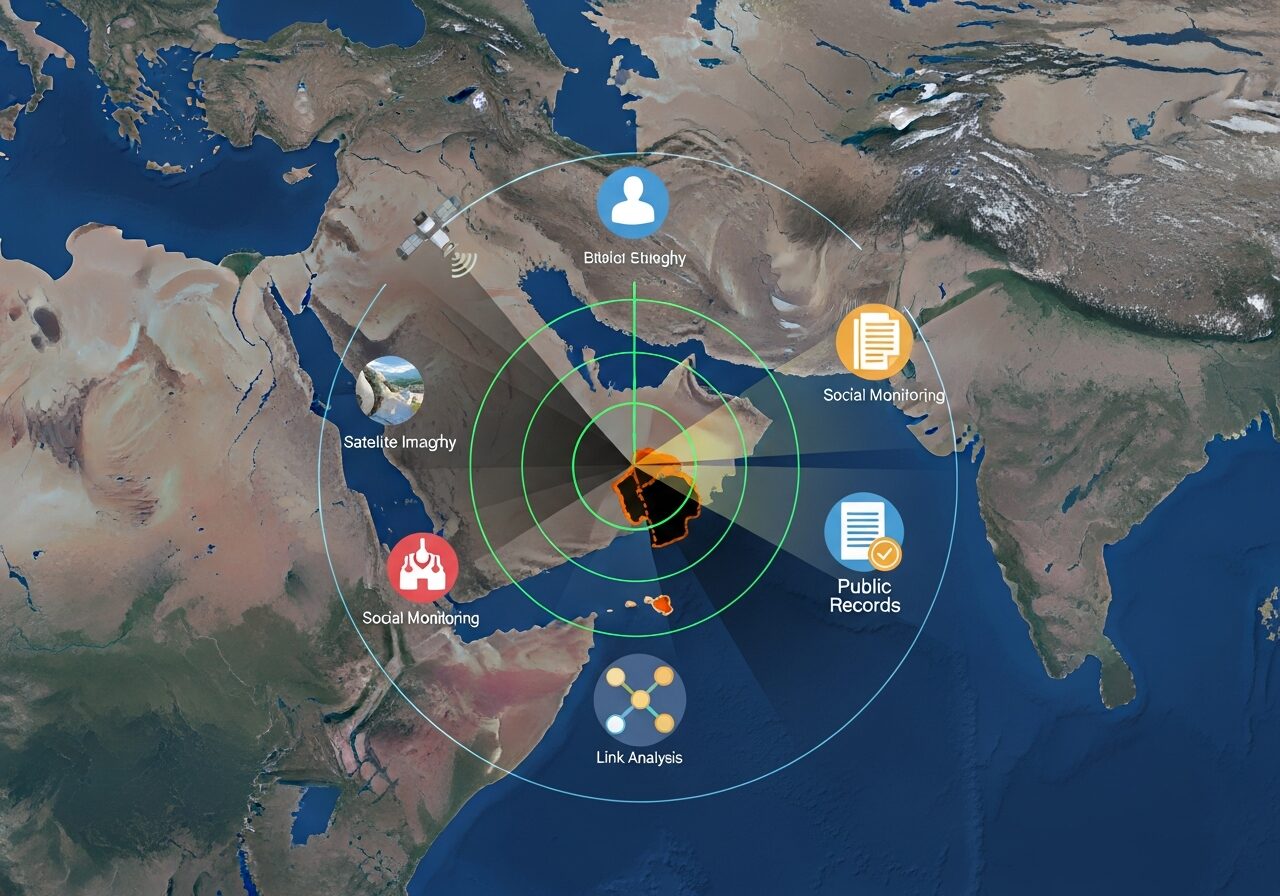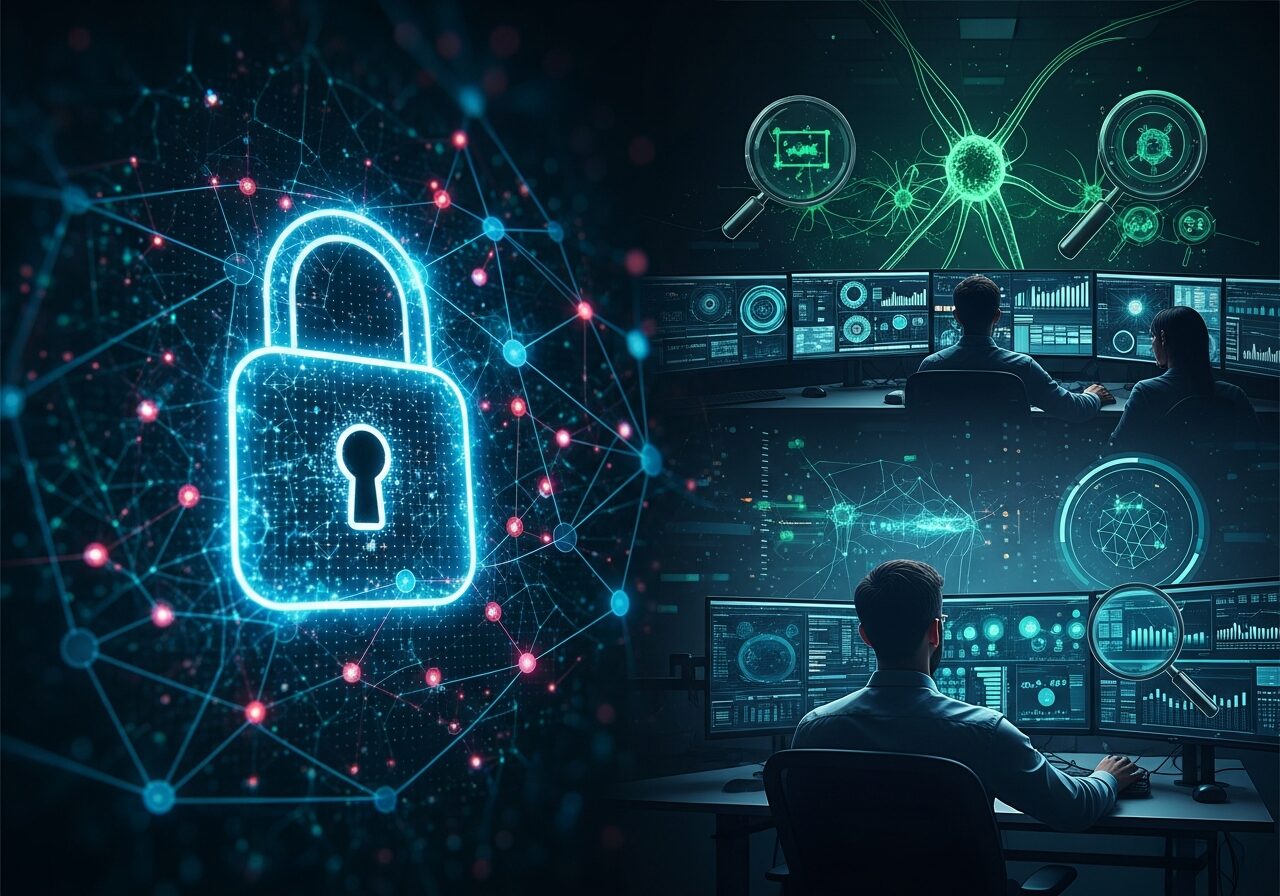Alright, let’s talk about something that’s keeping prosecutors up at night in 2025: deepfakes. I’ve seen some wild stuff. But nothing—and I mean nothing—has disrupted criminal investigations quite like AI-generated deepfakes.
Picture this: You’re a detective working a fraud case. You’ve got video evidence of the suspect at the crime scene. Open and shut, right? Wrong. Defense counsel drops a bombshell—that video could be a deepfake. Suddenly, your slam-dunk case is in jeopardy because the jury can’t trust their own eyes.
Welcome to 2025, where “I’ll believe it when I see it” is officially dead. The good news? Law enforcement agencies have powerful tools and techniques to fight back. Let’s dive into how you can verify digital evidence and keep deepfakes from derailing your investigations.
The Deepfake Threat Landscape for Law Enforcement
Why Deepfakes Are a Game-Changer for Criminal Defense
Here’s the uncomfortable truth: deepfake technology has become democratized. What once required Hollywood-level resources can now be done on a laptop in someone’s basement. And criminals know it.
Defense attorneys are increasingly using the “deepfake defense”—casting doubt on video and audio evidence by suggesting it could be AI-generated. Even when evidence is legitimate, the mere possibility of manipulation creates reasonable doubt. That’s a prosecutor’s nightmare.
The numbers don’t lie:
- 96% of deepfakes detected in 2024 were used for malicious purposes
- Law enforcement agencies report a 340% increase in cases where deepfake defenses were raised
- Only 23% of police departments have formal deepfake verification protocols

Types of Deepfakes Impacting Investigations
Not all deepfakes are created equal. Understanding the different types helps you know what to look for:
Face-Swap Deepfakes: The most common type, where one person’s face is mapped onto another’s body. These are frequently used to create false alibis or frame innocent people.
Voice Cloning: AI-generated audio that mimics someone’s voice with frightening accuracy. I’ve heard voice clones that fooled voice biometric systems—scary stuff.
Synthetic Media: Entirely fabricated videos or images created from scratch using generative AI. These are harder to detect because there’s no original source to compare against.
Partial Manipulation: Subtle alterations to legitimate footage—changing timestamps, removing objects, or altering facial expressions. These are particularly insidious because they maintain most of the original’s authenticity markers.
Advanced Verification Techniques for Digital Evidence
Multi-Layer Authentication Framework
Look, I’m going to give you the same advice I give to red teams: never rely on a single verification method. Deepfake detection requires a multi-layered approach.
Layer 1: Metadata Analysis
Start with the basics. Examine file metadata, creation timestamps, device signatures, and GPS coordinates. Deepfakes often have inconsistencies in metadata that legitimate files don’t. Tools like ExifTool can extract this information quickly.
Layer 2: Biological Inconsistencies
AI struggles with subtle human biology. Look for:
- Irregular blinking patterns (humans blink 15-20 times per minute)
- Unnatural eye movements or gaze direction
- Inconsistent skin texture or lighting on facial features
- Breathing patterns that don’t match speech
- Teeth that appear blurred or unnaturally uniform
Layer 3: Technical Artifacts
Deepfakes leave digital fingerprints. Watch for:
- Compression artifacts that don’t match the claimed source
- Inconsistent frame rates or resolution changes
- Unnatural edges around faces or bodies
- Color grading mismatches between subject and background
- Audio-visual synchronization issues
Leveraging OSINT for Provenance Verification
This is where Kindi becomes your best friend. Cross-platform verification is critical for establishing digital evidence provenance.
Cross-Reference Social Media:
If a video allegedly shows a suspect at a specific time and place, verify it against their social media activity. Check:
- Geotagged posts from that timeframe
- Photos showing their appearance (clothing, hairstyle, accessories)
- Comments or interactions that establish their location
- Connected accounts that might provide corroborating evidence
Reverse Image and Video Search:
Use tools like Google Reverse Image Search, TinEye, and InVID to trace the origin of visual content. Often, deepfakes are created from existing source material that can be identified.
Digital Footprint Analysis:
Examine the complete digital ecosystem around the evidence. Legitimate content typically has a natural digital footprint—shares, comments, earlier versions, related posts. Deepfakes often appear in isolation without this contextual history.

Forensic Tools Every Law Enforcement Agency Needs
AI-Powered Detection Platforms
The irony isn’t lost on me—we’re using AI to fight AI. But that’s exactly what works.
Microsoft Video Authenticator: Analyzes photos and videos for manipulation, providing a confidence score. It’s particularly good at detecting face-swap deepfakes.
Sensity AI: Specializes in detecting synthetic media across platforms. Their platform monitors for deepfakes in real-time and can trace manipulation techniques.
Deepware Scanner: Free tool that’s surprisingly effective for initial screening. Great for smaller departments with limited budgets.
Reality Defender: Enterprise-grade solution that integrates with existing digital forensics workflows. Expensive, but worth it for major investigations.
Traditional Forensic Techniques Still Matter
Don’t abandon the fundamentals. Traditional digital forensics remains crucial:
Frame-by-Frame Analysis: Manually review footage at the frame level. Deepfakes often have inconsistencies that appear for just a few frames—unnatural movements, glitches, or artifacts.
Audio Spectrogram Analysis: Examine audio waveforms for anomalies. AI-generated voices often have unnatural frequency patterns that human speech doesn’t produce.
Lighting and Shadow Consistency: Physics doesn’t lie. Analyze whether lighting and shadows are consistent throughout the video. Deepfakes frequently fail this test.
Building Court-Admissible Evidence Chains
Documentation Is Everything
Listen, I’ve seen solid cases fall apart because of poor documentation. When dealing with potential deepfakes, your evidence chain needs to be bulletproof.
Create a Verification Report:
Document every step of your authentication process:
- Tools used and their versions
- Specific tests performed
- Results and confidence scores
- Expert analysis and conclusions
- Chain of custody for all digital evidence
Maintain Original Files:
Never work directly with original evidence. Create forensic copies and document the hashing process. Use SHA-256 or stronger algorithms to prove file integrity.
Expert Testimony Preparation:
You’ll likely need expert witnesses. Prepare them with:
- Clear explanations of detection methodologies
- Visual demonstrations of identified artifacts
- Peer-reviewed research supporting your techniques
- Credentials establishing their expertise
Legal Considerations and Precedents
The legal landscape around deepfakes is evolving rapidly. Stay informed about:
Federal Deepfake Legislation: The DEEPFAKES Accountability Act and similar legislation establishing legal frameworks for synthetic media.
State-Level Laws: Many states have enacted specific deepfake laws, particularly around non-consensual intimate imagery and election interference.
Admissibility Standards: Courts are still establishing standards for deepfake evidence. Document your verification process to meet Daubert or Frye standards depending on your jurisdiction.

Implementing a Deepfake Verification Protocol
Standard Operating Procedures for Your Department
Every law enforcement agency needs formal protocols. Here’s a framework:
Step 1: Initial Assessment
When digital evidence is collected, immediately flag it for potential manipulation. Assume nothing is authentic until verified.
Step 2: Preliminary Screening
Use automated tools for initial detection. This catches obvious deepfakes quickly and efficiently.
Step 3: Manual Expert Review
Have trained analysts perform detailed examination using the multi-layer framework discussed earlier.
Step 4: Cross-Platform Verification
Leverage OSINT techniques to establish provenance and corroborate evidence through independent sources.
Step 5: Documentation and Reporting
Create comprehensive reports suitable for court presentation.
Training Your Team
Technology is only as good as the people using it. Invest in training:
- Regular workshops on emerging deepfake techniques
- Hands-on practice with detection tools
- Case studies of successful and failed verifications
- Collaboration with academic researchers and industry experts
For comprehensive OSINT training that covers deepfake detection and digital evidence verification, check out our resources on OSINT for law enforcement.
The Future of Digital Evidence Authentication
Emerging Technologies on the Horizon
The arms race between deepfake creators and detectors continues. Here’s what’s coming:
Blockchain-Based Authentication: Immutable records of content creation that can verify authenticity from the moment of capture.
Hardware-Level Verification: Cameras and recording devices with built-in authentication that cryptographically signs content at creation.
AI Watermarking: Invisible markers embedded in legitimate content that prove authenticity and detect manipulation.
Real-Time Detection Systems: Integration of deepfake detection into body cameras and surveillance systems for immediate verification.
Staying Ahead of the Curve
The criminals aren’t standing still, and neither can you. Here’s how to stay current:
- Subscribe to threat intelligence feeds focused on synthetic media
- Participate in law enforcement technology forums and working groups
- Collaborate with academic institutions researching deepfake detection
- Test your protocols regularly with known deepfake samples
For more on staying ahead of evolving threats, explore our guide on automating OSINT investigations.
Conclusion: Trust, But Verify—Then Verify Again
Look, I’m not going to sugarcoat it—deepfakes are a serious threat to criminal justice. But they’re not insurmountable. With the right tools, training, and protocols, law enforcement can maintain the integrity of digital evidence.
The key is adopting a verification-first mindset. In 2025, every piece of digital evidence should be treated as potentially manipulated until proven authentic. It’s more work, sure, but it’s the only way to ensure justice is served.
Remember: criminals are betting that you won’t have the expertise or resources to detect their deepfakes. Prove them wrong. Invest in the technology, train your teams, and build robust verification protocols. The integrity of your investigations—and the trust of the communities you serve—depends on it.
Want to learn more about leveraging OSINT for modern law enforcement challenges? Check out our comprehensive guides on dark web OSINT for police and police OSINT system resilience.



